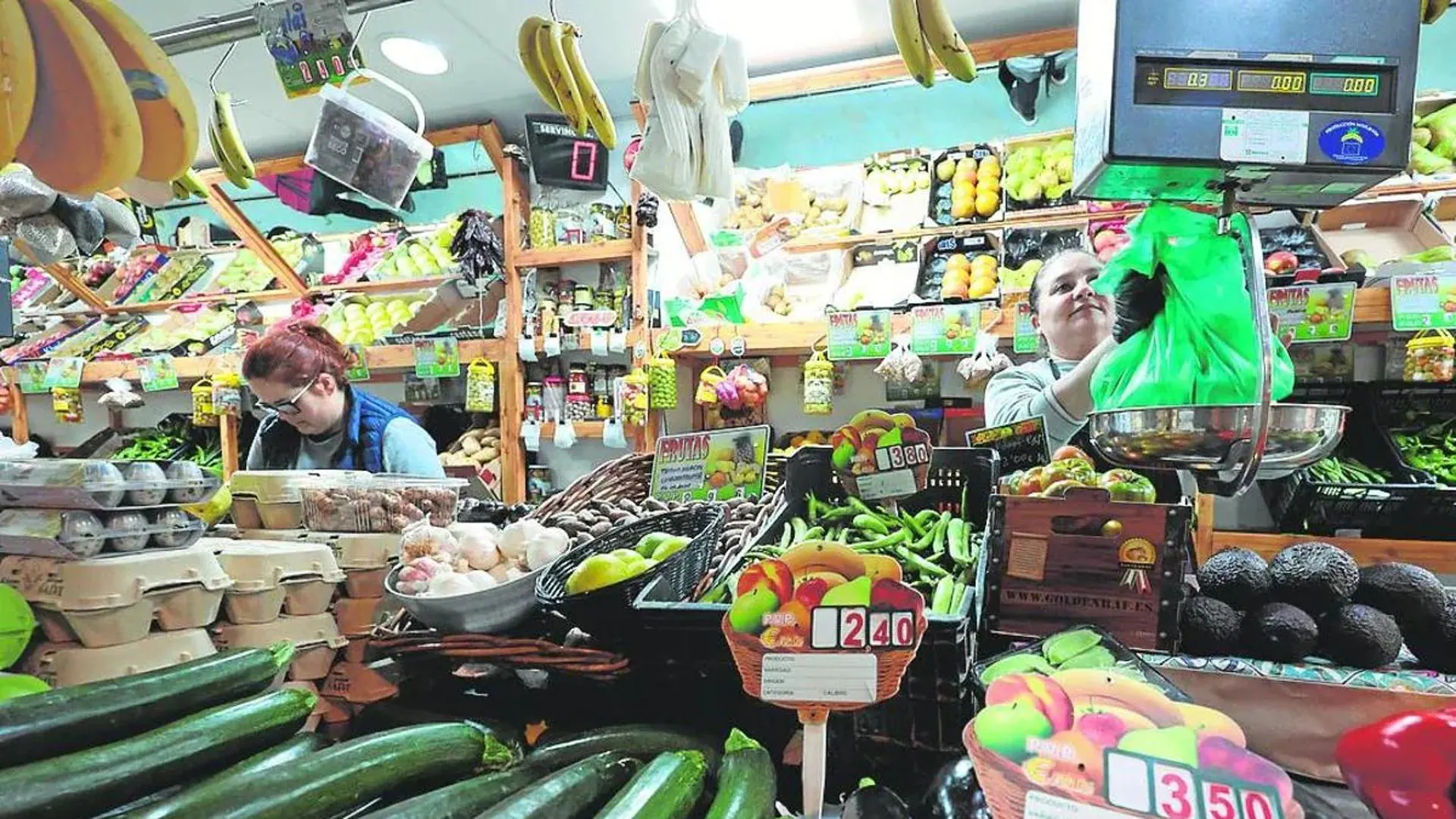Tuesday, 14 May 2024, 18:29
Prices are continuing their moderate rate of increase in Malaga province. In April, food and non-alcoholic beverages were 3.7% more expensive in the province than twelve months earlier, according to latest inflation data published this Tuesday 14 May by the National Statistics Institute (INE).
This is the most moderate price rise in Andalucía, where Malaga province is followed by Almeria (3.8%), while in Huelva the increase is 4%. In Seville, it stands at 4.3%, while in Granada and Cadiz the year-on-year rise in prices is close to 5%, a percentage which is exceeded in the case of Jaen (5.1%) and even more in Cordoba (6.1%). Outside the region, Burgos was the Spanish province in which the cost for basic goods rose the most in April, with a year-on-year increase of 7.4%.
In March, when in Malaga food prices rose at a year-on-year rate of 3.8%, at least Seville performed better, with its rise of 3.4%, and also Almeria, with an increase of 3%. This means that in other provinces the cost of the average shopping basket has once again gone up, while in Malaga it has persisted on a downward path, which it has been on uninterruptedly since September 2023.
This rise in the cost of filling a shopping trolley in Malaga, 3.7%, also makes the province the fifth in Spain where food prices have risen the least, tied with Valladolid and behind Castellón and Tarragona (3.6%), Girona (3.5%), Teruel (3.3%) and Salamanca (2.7%).
4.7%
on average, the shopping basket in Spain has become more expensive
This is one point more than in Malaga and four tenths more than in March.
The Malaga figure is one point below the Spanish average (4.7%), which has not only resisted moderation, but has gone up, as food inflation nationally was four tenths of a percentage point lower in March, at 4.3%. In Malaga, on the other hand, it has eased from one month to the next, from 3.8% to 3.7%, the lowest figure since November 2011.
The rate of inflation has also been reflected in the general price index, which in Malaga has managed to remain unchanged at 3.3%, while in Spain it has gone from 3.2% in March to 3.3% in April.
3.3%
this is where the CPI in Malaga stood
This figure is identical to that of the previous month. On the other hand, in Spain as a whole it rose by one tenth of a percentage point between March and April, from 3.2% to 3.3%.
In both Malaga and Spain, lower figures have been observed recently. In Malaga, for example, the CPI (consumer price index) rose at a rate of 2.6% last February. And in Spain, the same month saw a 2.8% rise. It was a rather rare event, since what usually happens is that the CPI rises more in Malaga than in Spain as a whole: in fact, it was the first time this had happened since 2018.
Difference between Malaga and Spain
But groceries are not the only component of the general price index to perform better in Malaga than at national level. For example, in the province, clothing and footwear fell by 1.2% year-on-year in April, compared with a rise of 0.8% nationally; furniture and household goods fell by 0.2% in Malaga and rose by 0.8% in the country; and in education, compared with a rise of 2.4% in the province, the rise was limited to 2.9% at national level.
Although there are other elements that persistently rise more in Malaga than in the Spanish average. For example, restaurants and hotels, where 5.4% in Malaga contrasts with 4.8% nationally; leisure and culture (2.6% compared to 2.2%); health (2.4% compared to 2.1%); or transport (3.9% in Malaga compared to 2.9% in the country).
In any case, both for the country and the province, double-digit inflation figures are a long way off. At the worst time for prices caused by the Russian invasion of Ukraine and its impact on energy goods, in February 2023, the shopping basket became more expensive in the province at year-on-year rates of 18.7% and 16.6% in the country. In Malaga in particular, food and non-alcoholic beverages rose by more than 10% year-on-year for 18 months in a row.

